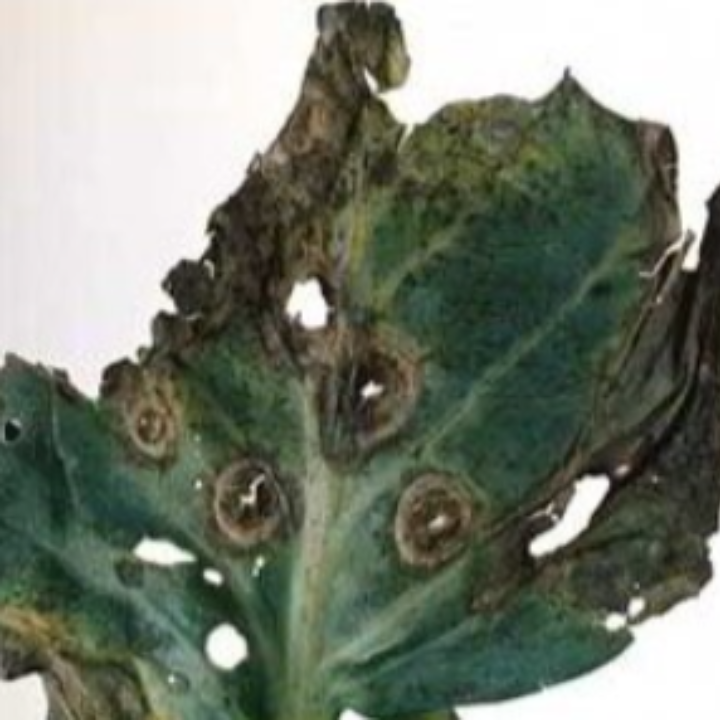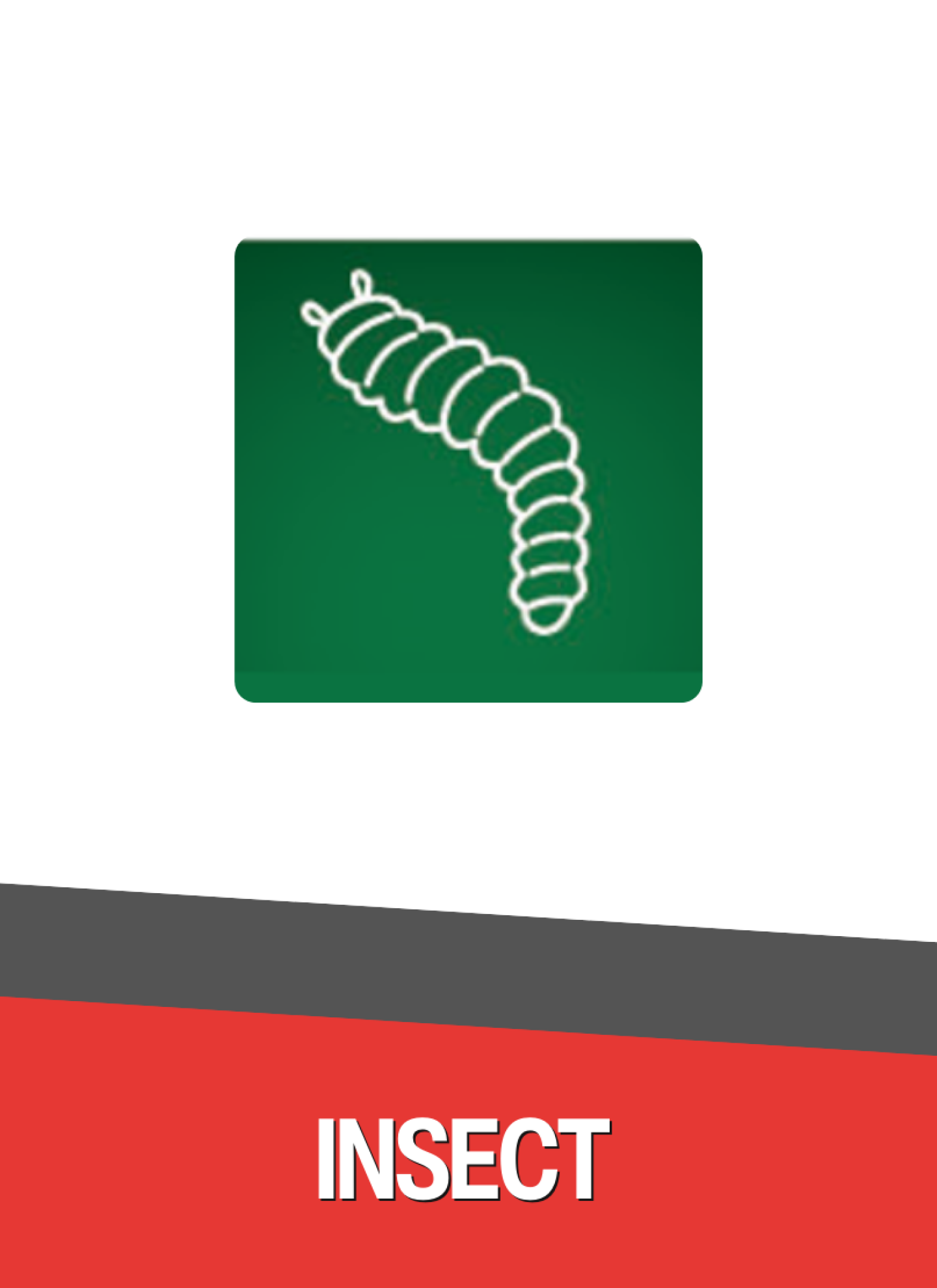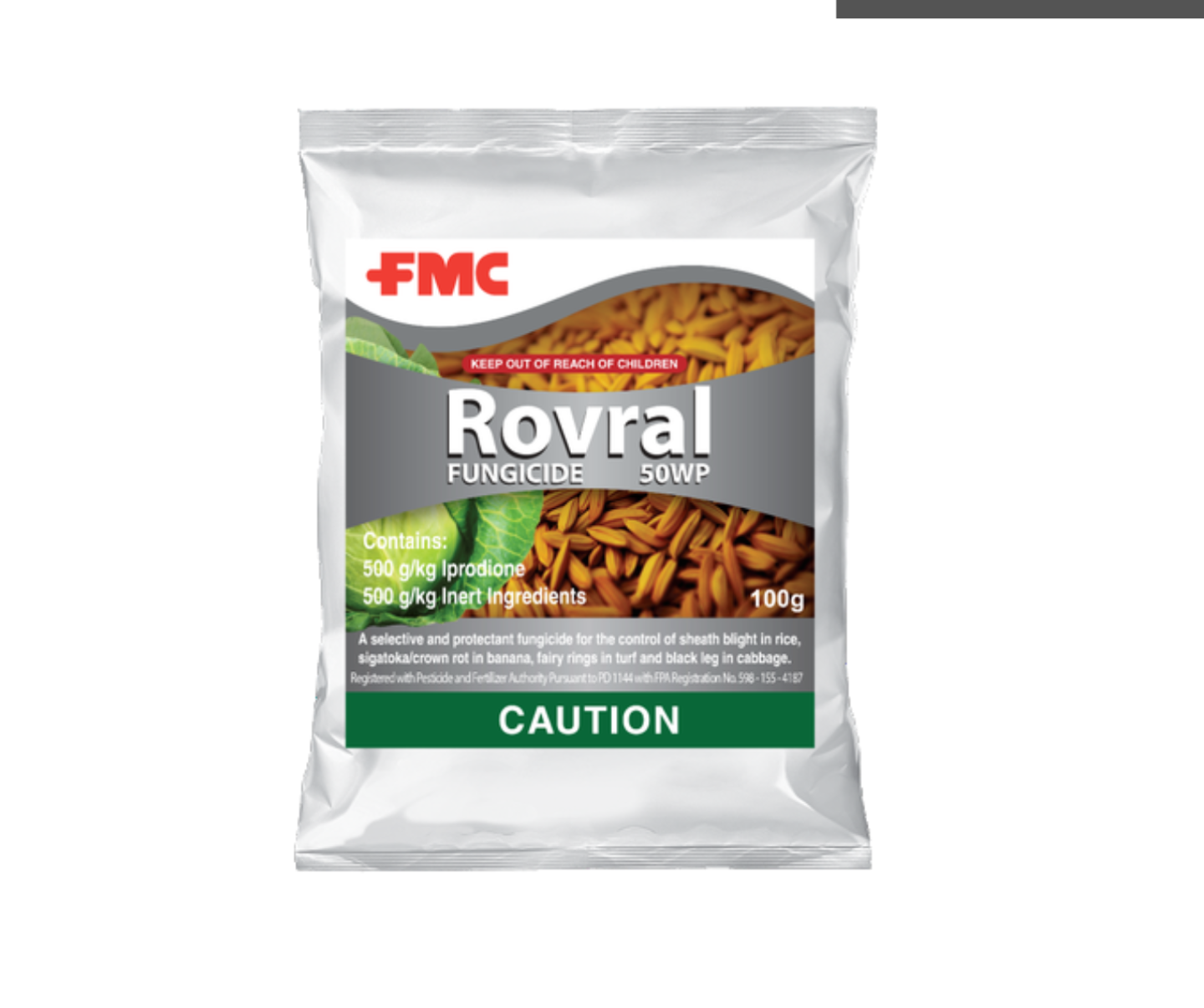BLACK LEG (PHOMA LINGAM)

The disease can be spread thru water, air and seed. It can also survive on infected seeds and plant debris for years.
The causal pathogen is Phoma lingam (teleomorph: Leptosphaeria maculans), a fungus that can infect a range of cruciferous crops. Ascospore production is conducive during wet or humid conditions and when the temperature is between 46-59°F.
Image Source: http://vegetablemdonline.ppath.cornell.edu/PhotoPages/Impt_Diseases/Crucifers/Crucifer_BlkLeg.htm
What are the symptoms
Pale, irregular spots develop on cotyledons, leaves, stems or petioles, later becoming somewhat circular to oval, ashy-gray colored with scattered tiny, black pycnidia. Sometimes the center of lesions will fall out, especially after heavy rain-fall, but a narrow, ashy-gray band with pycnidia usually remains. The lower leaves of cabbage will typically have leaf spots that develop on the underside. Stem cankers develop after the fungus grows systemically down the plant from initial leaf spots and are elongated with purple-black borders in cauliflower but less distinct on cabbage.
Impact to the crop
The disease can reduce the quality and quantity of vegetables and seed yield.
How to control
Use of seeds certified free from Phoma lingam, avoid planting to fields with history (3-4 years) of the black leg disease, control of susceptible weeds, hot water seed treatment at 50°C for 25 mins for cabbage; for chemical control, seed treatment using Iprodione and Tebuconazole formulation are proven effective to control the disease.
Source: Oregon State University. Undated. Cabbage and Cauliflower (Brassica sp.)-Black Leg (Phoma Stem Canker). Pacific Northwest: Pest Management Handbooks. Retrieved from https://pnwhandbooks.org/plantdisease/host-disease/cabbage-cauliflower-brassica-sp-black-leg-phoma-stem-canker

